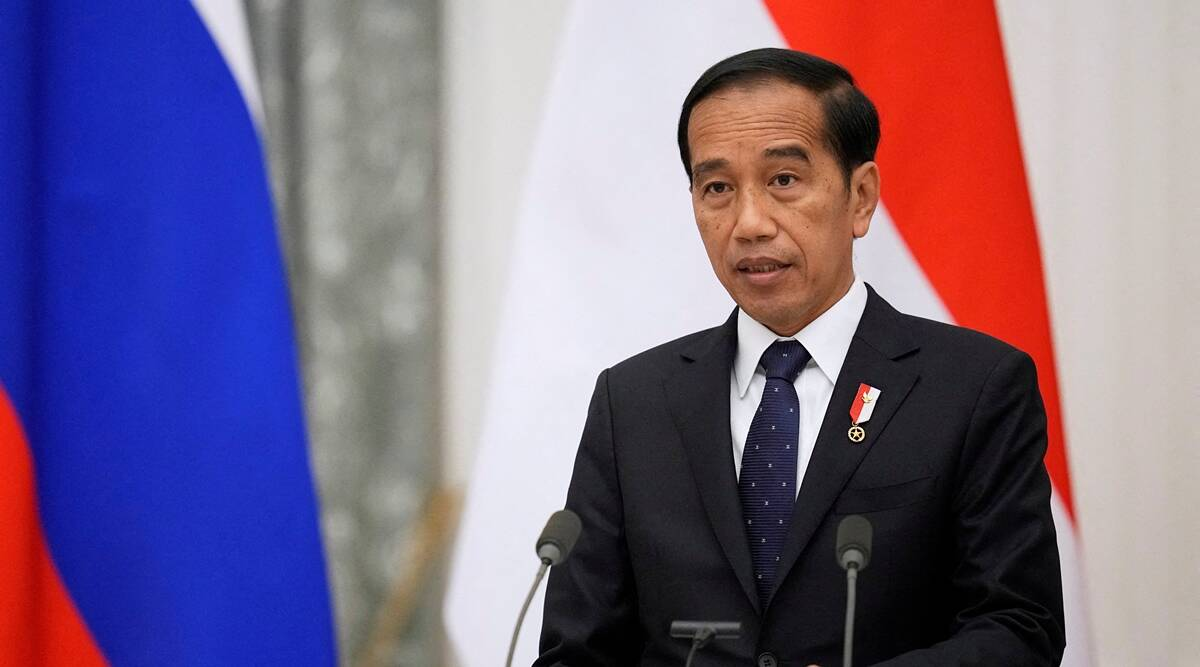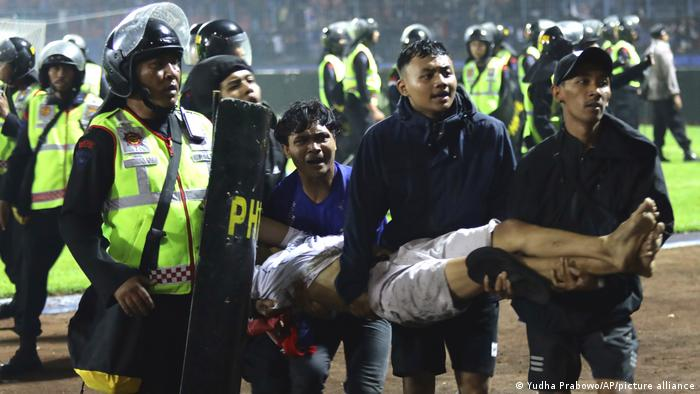
Source: Reuters
After speaking with FIFA President Gianni Infantino about a tragic stadium stampede, Indonesian President Joko Widodo stated on Wednesday that FIFA has promised to assist his country in resolving its football-related issues.
On Saturday in Indonesia’s East Java province, hundreds of soccer fans were crushed while attempting to exit the overcrowded stadium after police used tear gas to disperse enraged Arema FC supporters who had spilled onto the field. This incident is among the worst soccer tragedies in history. Authorities reported that 33 juveniles were among the at least 131 fatalities.
The president, who goes by the name Jokowi, declared that he had directed a thorough assessment of stadiums all around the nation to make sure that security and safety procedures were being followed.
Gianni Infantino, the president of FIFA, he claimed, had called him on Monday and offered his support.
He referred to Infantino and added, “He indicated if needed, FIFA can help restore Indonesia’s soccer management.”
The 270 million-person nation has a tremendous fan base for soccer, but there have also been some issues with hooliganism, draconian law enforcement, and event mishandling.
When asked earlier whether FIFA could impose penalties as a result of the catastrophe, Jokowi responded that FIFA should make that decision.
FIFA has requested a thorough probe from the Indonesian soccer organisation after describing the situation as “a tragedy beyond comprehension.” An inquiry for comment from another newspaper source on Wednesday did not receive a prompt response from FIFA.
In an effort to identify the perpetrators, Indonesia has assembled a fact-finding committee made up of soccer experts, academics, and ministry representatives. In addition, the police are presently looking into dozens of its officers for a possible ethical violation after suspending nine of them.
What went wrong?
Click here to watch about the tragedy:
According to news sources, the event on Saturday was completely sold out. According to The Guardian, the stadium only has room for 38,000 people, but Indonesia’s national security minister claimed that 42,000 tickets had been granted.
Police’s choice to use tear gas in such a crowded area would have just exacerbated the already perplexing and chaotic scenario.
Also, there is only one exit from the Kanjuruhan stadium (which is also the entry). In competitive sporting settings, spectators’ emotions are already elevated. Therefore, it is simple to understand how a frantic mob rushing via a single exit could result in fatalities and injuries.
The 1989 Hillsborough disaster and the 2010 Love Parade disaster, to name a couple, are examples of tragedies from the past when police actions, poor communication, and limited access and egress for clients resulted in tragedy and taught us these lessons.

Source: DW
What could have prevented this?
It could have been prevented using various techniques. Few have been listed below:
According to study, illuminating a stadium to signal the end of a performance can facilitate an orderly exit by the audience. All exits should be visible, accessible, and well-lit because audiences prefer to depart venues in the same direction they entered.
In addition, Indonesian football crowds are renowned for their fervour. In order to prevent crowds from becoming unruly, preventive measures should be taken.
One approach to accomplishing this would be to divide spectators into various zones, a strategy already employed at World Cup events. As a result, there will be less chance of fans from other teams running into one another, which can ease tensions at the stadium.
In order to let the crowd know they are there to handle the issue, police can also create a calm barrier around the oval toward the finish of a game. They don’t need to be armed, which is important. In the UK, crowd control is successfully accomplished through the employment of “soft policing.”
Additionally, it has been demonstrated that having police wear baseball hats and hoodies rather than riot gear (as was the case in Malang) can calm the crowd’s reaction and enable cops to move through and diffuse minor altercations before they turn violent.













